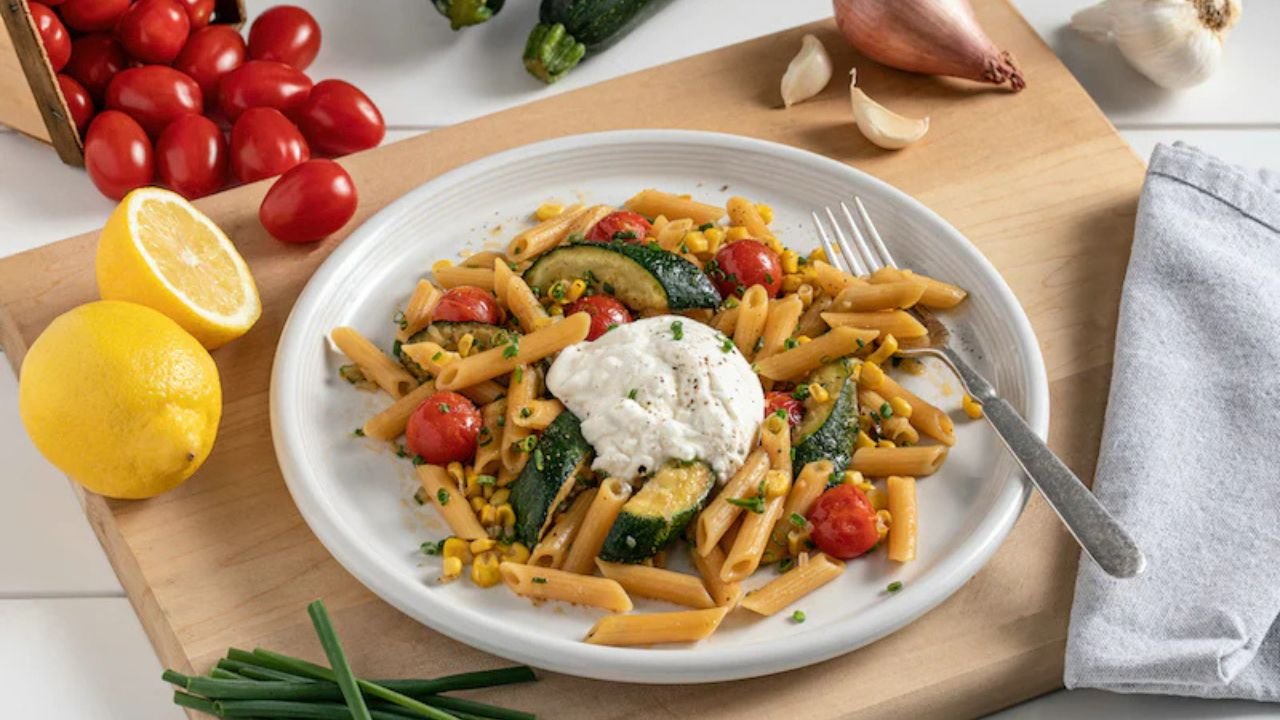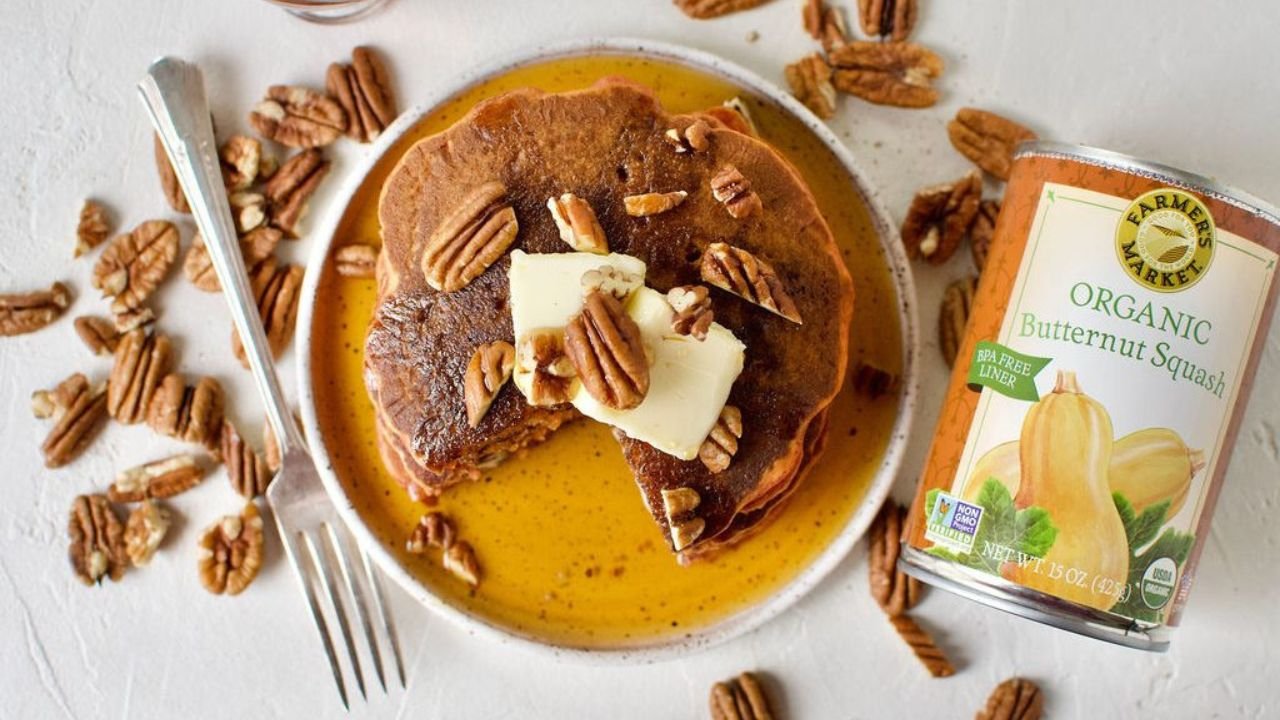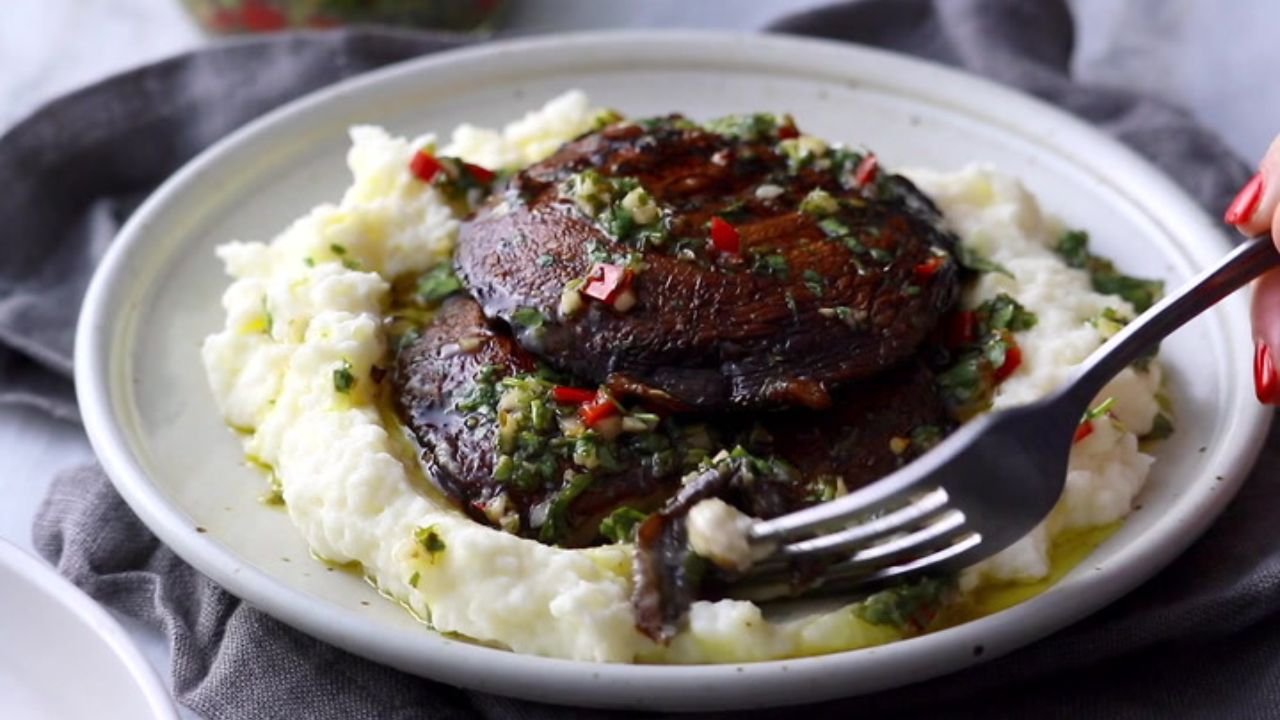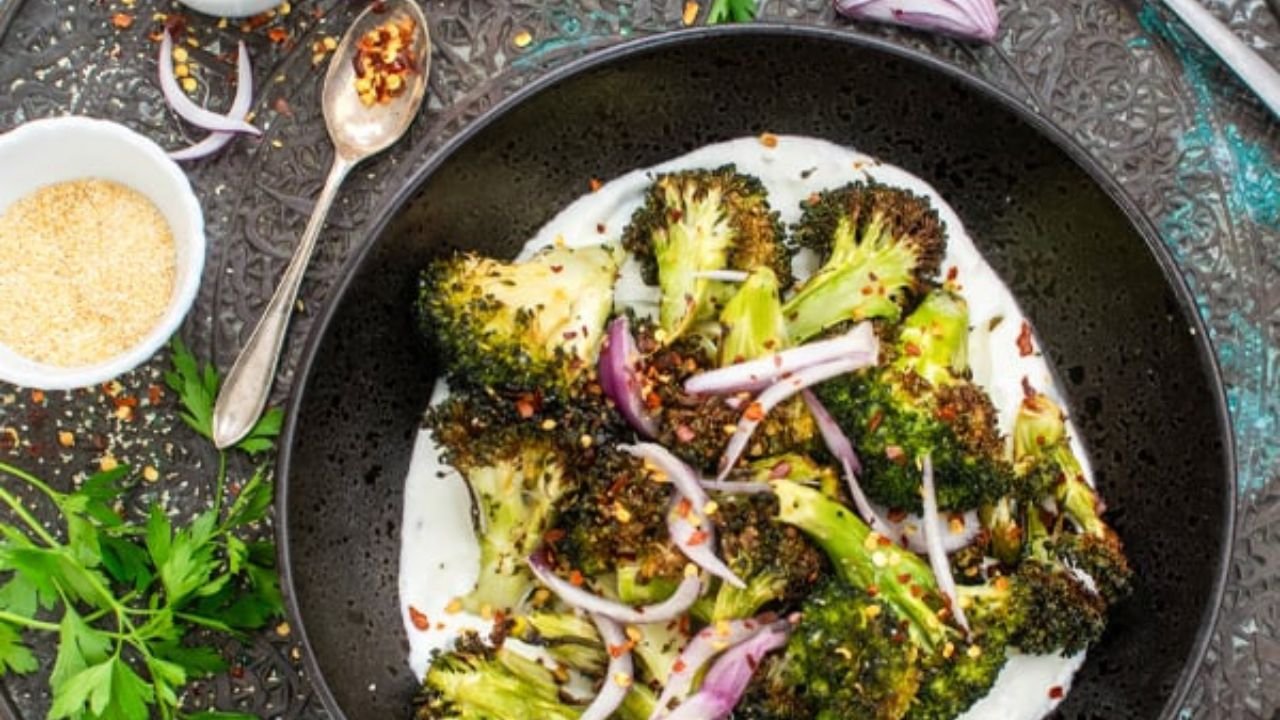Introduction
Farmer’s Market Pasta is a dish that embodies the spirit of seasonal eating, celebrating the bounty of fresh vegetables, herbs, and ingredients from local markets. It’s a versatile, vibrant, and wholesome meal that can be adapted to whatever produce is in peak season. Whether you’re visiting a bustling farmer’s market in spring, summer, fall, or even winter (with winter vegetables), this dish invites creativity and freshness.
At its core, Farmer’s Market Pasta is about simplicity—using quality ingredients, minimal fuss, and vibrant flavors to produce a satisfying, nourishing meal. It’s a celebration of local, seasonal produce, highlighting the natural sweetness, earthiness, and aroma of fresh vegetables and herbs combined with perfectly cooked pasta.
In this comprehensive guide, we will explore the origins and philosophy behind Farmer’s Market Pasta, discuss key ingredients, provide detailed recipes, share tips for sourcing and preparing fresh produce, suggest variations for different seasons, and offer pairing and presentation ideas. Whether you’re a home cook, a professional chef, or simply passionate about seasonal eating, this guide will equip you with everything you need to craft delicious Farmer’s Market Pasta.
The Philosophy of Farmer’s Market Pasta
Embracing Seasonal Eating
The idea of Farmer’s Market Pasta is rooted in the farm-to-table movement—using ingredients at their peak freshness to maximize flavor and nutritional value. Farmers’ markets are treasure troves of seasonal produce, from tender spring peas and fresh asparagus to sun-ripened tomatoes and hearty winter root vegetables.
Eating seasonally supports local agriculture, reduces environmental impact, and ensures that you’re consuming ingredients at their most flavorful. Farmer’s Market Pasta is a flexible platform that adapts to the seasons, turning what’s abundant into a delightful dish.
Celebrating Simplicity and Quality
This dish emphasizes simplicity—few ingredients, straightforward techniques, and letting the produce shine. High-quality pasta, fresh vegetables, fragrant herbs, and good olive oil are the foundation. Minimalist cooking preserves the natural flavors, creating a dish that is both elegant and comforting.
Sustainability and Local Support
By shopping at farmers’ markets, you support small-scale farmers and local economies. Farmer’s Market Pasta encourages a mindful approach to eating—prioritizing freshness, seasonality, and sustainability.
Key Ingredients and Their Roles
Pasta
- Type: Long pasta like spaghetti, linguine, or bucatini; short pasta like penne, fusilli, or farfalle; or even gluten-free or whole wheat options.
- Quality: Use high-quality, bronze-cut or artisanal pasta for better texture and flavor.
- Cooking: Al dente to maintain texture and prevent mushiness when mixed with vegetables and sauces.
Vegetables
Vegetables are the heart of Farmer’s Market Pasta. The choice depends on season, availability, and personal preference.
- Spring: Asparagus, peas, fava beans, artichokes, radishes, tender greens.
- Summer: Tomatoes, zucchini, eggplant, corn, bell peppers, basil.
- Fall: Butternut squash, pumpkins, mushrooms, Brussels sprouts, kale.
- Winter: Root vegetables like carrots, parsnips, turnips, Brussels sprouts, hearty greens.
Tip: Freshness is key. Choose vegetables that are firm, vibrant, and free from blemishes.
Herbs and Aromatics
- Fresh herbs: Basil, parsley, thyme, oregano, chives, dill, mint.
- Garlic and shallots: Essential for depth and aroma.
- Lemon zest or juice: Adds brightness and balances flavors.
Fats and Oils
- Extra virgin olive oil: The backbone of flavor.
- Butter (optional): For richness, especially in more decadent versions.
- Cheese: Parmesan, Pecorino Romano, or ricotta for tang and creaminess.
Additional Protein (Optional)
- Fresh mozzarella, burrata, or ricotta.
- Lightly grilled chicken or seafood for added substance.
- Legumes like chickpeas or beans for vegetarian/vegan options.
Techniques for Perfect Farmer’s Market Pasta
Sourcing Fresh Produce
- Visit your local farmers’ market early for the best selection.
- Talk to growers to understand what’s in season and how to prepare unfamiliar vegetables.
- Choose produce that is firm, fragrant, and vibrant.
Preparing Vegetables
- Wash thoroughly.
- Trim, peel, or chop as needed.
- For vegetables like asparagus or green beans, blanch briefly to retain color and texture.
- For root vegetables, roast or sauté for depth of flavor.
Cooking Pasta
- Use a large pot with plenty of salted boiling water.
- Salt the water generously—salty like the sea.
- Cook until just al dente; drain, reserving some pasta water for sauce adjustments.
Combining Ingredients
- Sauté aromatics first.
- Cook vegetables separately if needed, to preserve texture.
- Use pasta water to create a light sauce or help ingredients adhere.
- Finish with fresh herbs and a drizzle of good olive oil.
Seasonal Farmer’s Market Pasta Recipes
Below are detailed recipes for each season, illustrating how to adapt ingredients for maximum freshness and flavor.
Spring Farmer’s Market Pasta
Ingredients:
- 12 oz (340 g) spaghetti or linguine
- 1 bunch asparagus, trimmed
- 1 cup peas (fresh or frozen)
- 2 shallots, thinly sliced
- 3 garlic cloves, minced
- 1 lemon (zest and juice)
- 1 cup fresh peas or fava beans
- ½ cup grated Parmesan cheese
- Fresh basil and parsley, chopped
- Extra virgin olive oil
- Salt and pepper
Preparation:
- Cook pasta in salted boiling water until al dente. Reserve 1 cup pasta water, then drain.
- Blanch asparagus in boiling water for 2-3 minutes until tender and bright green. Drain and cut into bite-sized pieces.
- In a large skillet, heat olive oil over medium heat. Sauté shallots and garlic until fragrant.
- Add the asparagus and peas, cooking briefly until heated through.
- Toss cooked pasta into the skillet, adding reserved pasta water to create a light sauce.
- Add lemon zest, juice, herbs, cheese, salt, and pepper. Toss to combine.
- Serve immediately, garnished with extra herbs and cheese.
Summer Farmer’s Market Pasta
Ingredients:
- 12 oz short pasta (penne, fusilli)
- 2 cups cherry tomatoes, halved
- 1 zucchini, sliced
- 1 eggplant, cubed
- 2 garlic cloves, minced
- Fresh basil and oregano
- ½ cup grated Pecorino Romano
- Extra virgin olive oil
- Salt and freshly ground pepper
Preparation:
- Cook pasta until al dente; reserve pasta water.
- Roast or sauté eggplant and zucchini until tender.
- In a large bowl, combine cherry tomatoes, herbs, and a splash of olive oil.
- Toss cooked pasta with roasted vegetables, adding pasta water if needed.
- Add fresh herbs, cheese, salt, and pepper.
- Serve topped with more herbs and cheese.
Fall Farmer’s Market Pasta
Ingredients:
- 12 oz rigatoni or fusilli
- 1 small butternut squash, peeled and cubed
- 1 cup mushrooms, sliced
- 2 cloves garlic, minced
- 1 cup kale or Swiss chard, chopped
- ½ teaspoon red pepper flakes (optional)
- ½ cup grated Parmesan
- Olive oil, salt, pepper
- Fresh sage or thyme
Preparation:
- Roast squash cubes with olive oil, salt, and herbs at 400°F (200°C) for 20-25 minutes.
- Sauté mushrooms and garlic until golden.
- Add greens until wilted.
- Toss cooked pasta with roasted squash and sautéed vegetables.
- Season with red pepper flakes, herbs, cheese, salt, and pepper.
- Serve warm, garnished with herbs.
Winter Farmer’s Market Pasta
Ingredients:
- 12 oz whole wheat pasta
- 2 carrots, sliced
- 2 parsnips, sliced
- 1 small onion, diced
- 2 cloves garlic
- 1 cup Brussels sprouts, halved
- 1 can cannellini beans (drained)
- Rosemary or thyme
- Olive oil
- Salt and pepper
- Parmesan or pecorino
Preparation:
- Roast carrots, parsnips, and Brussels sprouts with herbs and olive oil.
- Sauté onion and garlic.
- Combine roasted vegetables with beans and cooked pasta.
- Toss everything together, seasoning to taste.
- Serve with cheese and fresh herbs.
Pairing and Serving Suggestions
- Wine: Light white wines like Pinot Grigio, Sauvignon Blanc, or Vermentino complement the freshness.
- Bread: Crusty baguette or garlic bread enhances the meal.
- Salads: A crisp green salad with vinaigrette balances the richness.
- Cheese: Fresh mozzarella, ricotta, or a soft goat cheese pairs beautifully.
- Finish: A squeeze of lemon or a drizzle of balsamic vinegar can elevate flavors.
Presentation Tips
- Use large, shallow bowls or plates to showcase vibrant colors.
- Garnish with fresh herbs, lemon zest, or edible flowers.
- Serve family-style for casual gatherings or plated elegantly for formal occasions.
- Incorporate edible flowers or microgreens for visual appeal.
Nutritional Insights
Farmer’s Market Pasta, emphasizing seasonal vegetables, offers numerous health benefits:
- Rich in vitamins: A diverse array of vegetables provides vitamins A, C, K, and folate.
- High fiber: Whole grains and vegetables support digestion.
- Antioxidants: Colorful produce contains antioxidants that combat oxidative stress.
- Low in saturated fats: Using olive oil and fresh ingredients keeps fat content healthy.
- Customizable: You can adapt ingredients to accommodate dietary needs (vegan, gluten-free, low-carb).
Sustainability and Ethical Eating
Choosing local, seasonal produce reduces carbon footprint and supports local economies. Growing your own vegetables or joining community-supported agriculture (CSA) programs enhances sustainability. Reducing food waste by using leftovers creatively also aligns with eco-friendly practices.
Tips for Success
- Plan ahead: Check what’s available at your farmers’ market.
- Be flexible: Let the produce available guide your recipe.
- Prep ingredients: Wash, peel, and chop vegetables before cooking.
- Taste as you go: Adjust seasonings and acidity.
- Don’t overcook vegetables: Keep them vibrant and crisp where appropriate.
- Use good-quality pasta: It makes a difference in texture and flavor.
- Reserve pasta water: It’s starchy and excellent for binding sauces.
Final Thoughts
Farmer’s Market Pasta is more than just a dish—it’s a celebration of seasonal abundance, local farmers, and simple, honest ingredients. Its versatility allows you to tailor it to your preferences and what’s available in your region. Whether it’s a quick weeknight dinner or a festive gathering centerpiece, this dish embodies freshness, health, and flavor.
By embracing the philosophy of seasonal eating and minimal fuss, you can create a vibrant, nourishing meal that delights the senses and nurtures the body. Experiment with different vegetables, herbs, and grains, and make this dish your own signature way to enjoy the bounty of your local farmers’ market.




